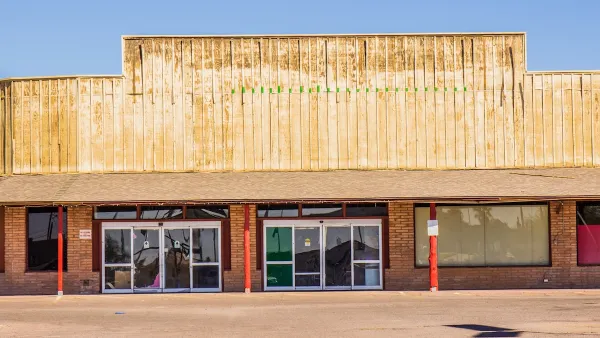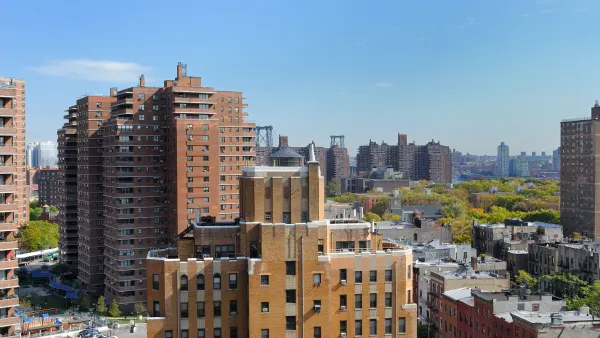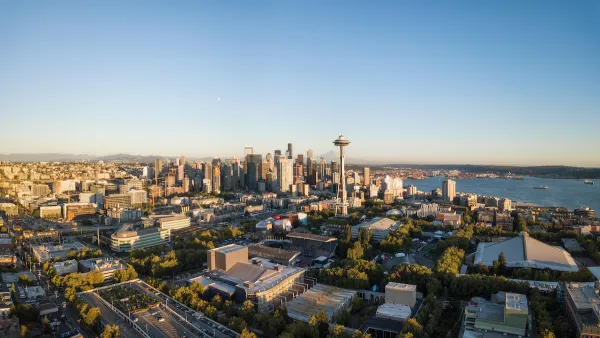The Phoenix City Council has taken the first steps toward zoning reforms that can balance out the oversupply of retail spaces at one end of the market and the lack of housing units at the other.

Jessica Boehm reports that Phoenix city officials are attempting to kill two land use birds with one stone by making it easier to covert vacant storefronts into housing.
"Phoenix has a lot of retail space — an average of 40.5 square feet of retail per capita, compared to 28 square feet nationwide," writes Boehm for context on the retail context. Like many cities, retail struggled in the years leading up to the pandemic, and major retailers like Sears and Toys "R" Us have vacated their physical stores. The pandemic added additional disruption.
On the flip side is the city's housing market, which, according to a recent study [paywall], is short 163,067 units. While the article allows some debate about whether there is an unhealthy amount of retail vacancies in the city, the housing supply shortage is never questioned.
As explained by Boehm, the effort was still in the brainstorming stages at an October council meeting, and the idea of providing incentives to convert retail spaces onto residential units is only one of numerous ideas currently on the table. According to Boehm, other ideas for easing pain at both ends of the real estate market include increasing the height and density for residential development, allowing some uses requiring special permits (e.g., tattoo shops, massage therapy, and self storage facilities, as well as microbreweries, distilleries, and data centers) to operate in commercial zones, and reducing minimum parking requirements.
The source article also details some of the redevelopment projects already converting underutilized commercial parcels in the city—even without zoning changes.
FULL STORY: Could replacing vacant storefronts with housing help Phoenix's severe housing shortage?

National Parks Layoffs Will Cause Communities to Lose Billions
Thousands of essential park workers were laid off this week, just before the busy spring break season.

Retro-silient?: America’s First “Eco-burb,” The Woodlands Turns 50
A master-planned community north of Houston offers lessons on green infrastructure and resilient design, but falls short of its founder’s lofty affordability and walkability goals.

Delivering for America Plan Will Downgrade Mail Service in at Least 49.5 Percent of Zip Codes
Republican and Democrat lawmakers criticize the plan for its disproportionate negative impact on rural communities.

Test News Post 1
This is a summary

Test News Headline 46
Test for the image on the front page.

Balancing Bombs and Butterflies: How the National Guard Protects a Rare Species
The National Guard at Fort Indiantown Gap uses GIS technology and land management strategies to balance military training with conservation efforts, ensuring the survival of the rare eastern regal fritillary butterfly.
Urban Design for Planners 1: Software Tools
This six-course series explores essential urban design concepts using open source software and equips planners with the tools they need to participate fully in the urban design process.
Planning for Universal Design
Learn the tools for implementing Universal Design in planning regulations.
EMC Planning Group, Inc.
Planetizen
Planetizen
Mpact (formerly Rail~Volution)
Great Falls Development Authority, Inc.
HUDs Office of Policy Development and Research
NYU Wagner Graduate School of Public Service





























